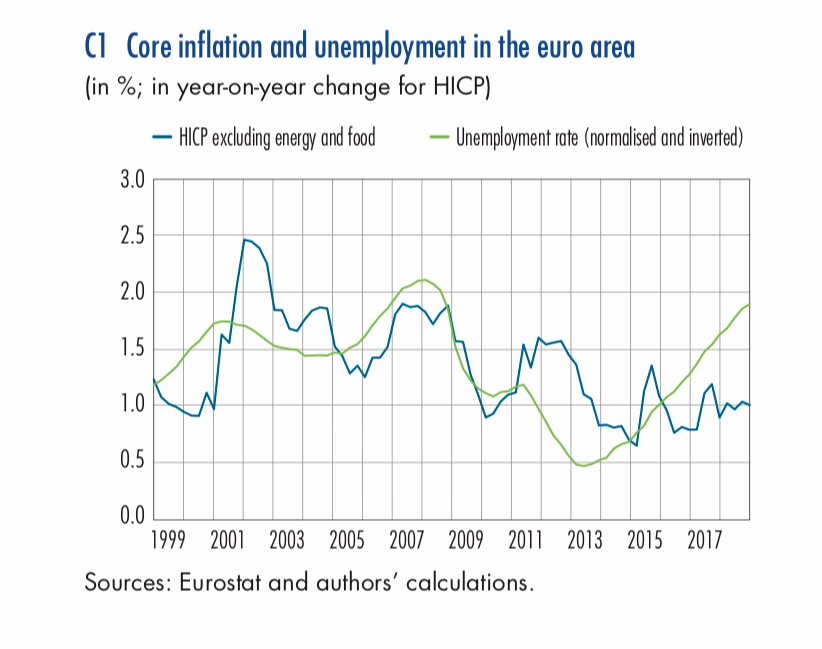
How to get URL link on X (Twitter) App


https://twitter.com/phl43/status/1560264678755905540First things first: the reference that mainstream econ theory uses is the Walrasian general equilibrium. This is a world where a set of agents trade different goods in different markets and all markets clear by assumption. 2/n




https://twitter.com/kalantzis/status/963149961151025152?s=20
https://twitter.com/Undercoverhist/status/10518894337362862112/ ... policy institutions, and practitioners are happy with them (to be fair, they are much smaller than their counterparts from the 60ies). They are used for both medium term forecasting and scenario analysis. They have several advantages over other models for these tasks.